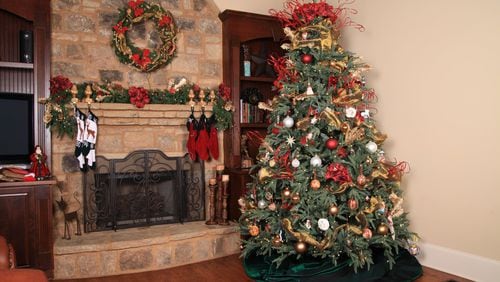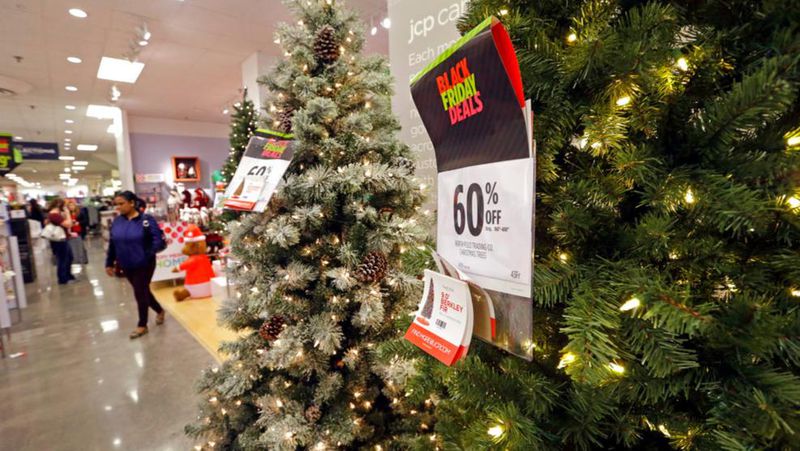If you are dreaming of a lovely, needle-free Christmas tree, you are in luck.
Gone are the days of stiff, flimsy, plastic trees. Artificial trees are now more realistic than ever before, and they are growing in popularity.
In fact, about 80 percent of homes will opt for an artificial tree compared to only 20 percent of Americans going for a real, live tree, according to the American Christmas Tree Association (ACTA).
So how do you find the most authentic tree and get the most bang for your buck? Here are 7 tips for buying a quality faux tree from Jen Sypeck, an Atlanta based trend expert and product development consultant with more than 20 years of experience working with Home Depot, Home Decorators Collection and Pottery Barn.
Credit: Elaine Thompson
Credit: Elaine Thompson
Ask yourself: does the tree look realistic?
Does the tree look full? Look at both the tips and branches. If you are looking at a tree in a store, note that sometimes the trees might not be fully fluffed. So if you find a tree that is not to your fullness liking, play around with a few branches to see if, with a little care, you are able to achieve the full look you are going for. Needles made from PVC (polyvinyl chloride) look more realistic than those made from plastic, while needles made from PE (polyethylene) are even more life-like.
Making an investment
Just as fake trees can be found in all sizes, they can also be found in all price ranges. The quality of the tree and additional accents will affect the pricing. And there is a vast range depending on size, features and quality. Example, a 7 feet tall, pre-lit PVC tree can range from $99-$1,500. Regardless of budget there is a faux tree out there for you. Depending on your budget, try to invest in the “showcase” tree in the house. In other words, if you are setting up multiple trees throughout your house and need to scale back the budget, spend less on the trees not front and center.
Determine your style
Going with a faux tree gives you lots of options. Are you looking for a traditional just-cut-from-the-farm tree, a snow swept tree, or a glamorous, bold metallic tree, there is a tree to fit your personal decorating style.
Determine the size
You need to consider the clearance for a comfortable walkway in the room where tree will be set up. In addition to the walkway clearance, you also need to be aware of the ceiling height. (Sypeck likes to have at least a 1 foot of space between the top of a tree and the ceiling, and if you have a tree topper you’ll need to factor that into height equation as well) The good news is sky is the limit with faux trees — they come in all shapes and sizes.
Pre-lit or not?
It’s a yes for Sypeck. The time during the holidays is precious and seems to always be on the fast forward mode so any chance to simplify and get some time back, she says go for it. Technology has even made its mark on trees. If you want to go back and forth each year on white lights and multi-color lights, don’t fret, there are now trees that have dual lights so you don’t even have to choose one over the other.
If you choose a prelit fake tree, look for one that is labeled “continuous on” or “with burn-out protection.” This means that if a single bulb on the strand burns out, the rest of the lights stay on.
About the Author








